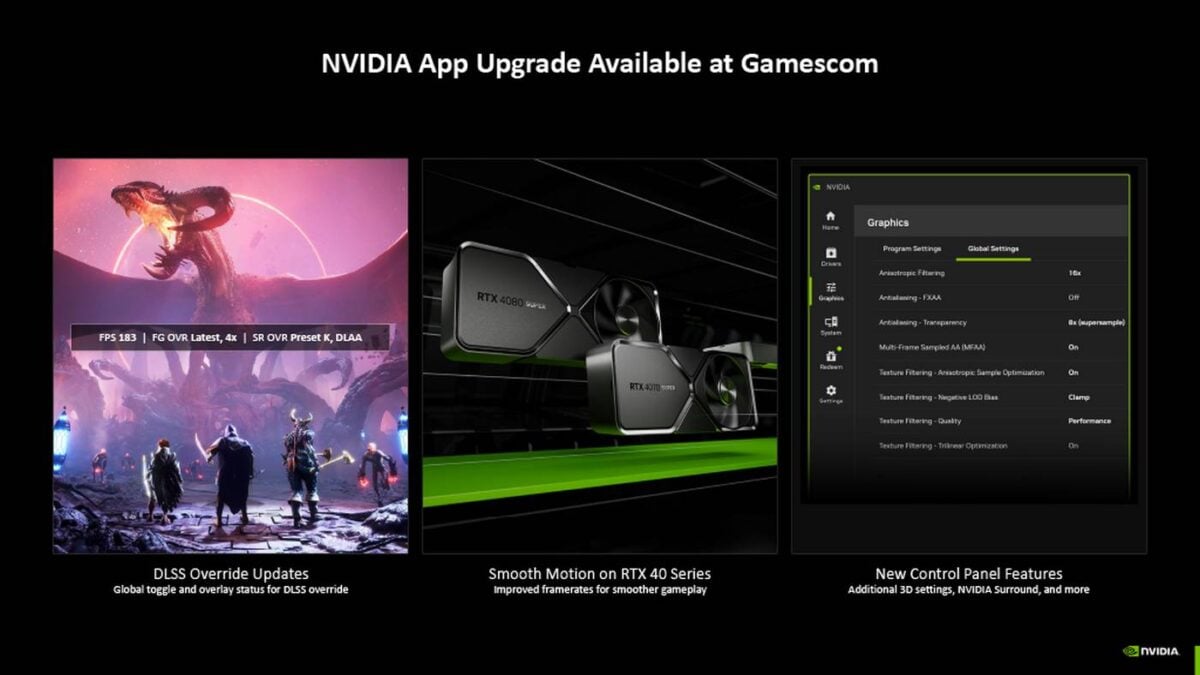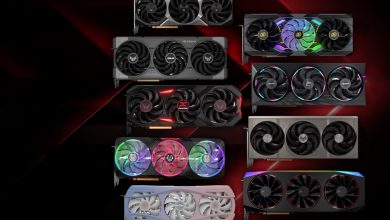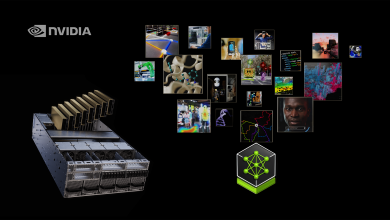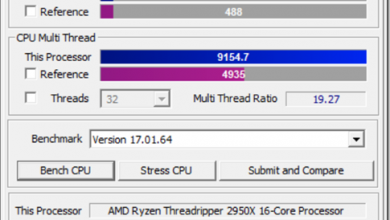Nvidia is making some quality of life improvements to the Nvidia App. Not only is the brand restoring functionality lost in the transition from Control Panel, but a forthcoming update will also make injecting DLSS 4 into all yours games far easier.
Since launch in November 2024, the Nvidia app has continued to evolve and integrate new features. Chief among these are the driver overrides for DLSS Super Resolution, Frame Generation, and Model Presets. Tweaking these values allows you to run the latest versions of each enhancement without developer input. Inserting the Transformer model was particularly transformative in older titles.
While these additions were welcome, they remain fiddly as each game requires tweaking individually. Thankfully, this will change following a global update in the coming weeks that introduces a global toggle. From then on, you’ll be able to upgrade your entire library of supported games with a single click.

To help you ensure that overrides are working correctly, Nvidia is also updating its overlay. Now you’ll be able to tell at a glance whether you’re running the latest versions of DLSS and its features. Here’s hoping Team Green eventually follows the example of Valve and inform you how many native and generated frames you’re outputting.
Lastly, Nvidia App is also bringing back several legacy 3D settings such as anisotropic filter, ambient occlusion, and more. Further control over your games library via the application is always welcome.
The update will become available to Nvidia App beta users on August 19 and should roll out to all a week after. This isn’t the only GeForce announcement from Gamescom though, as GeForce Now will soon receive several changes in the coming weeks.





